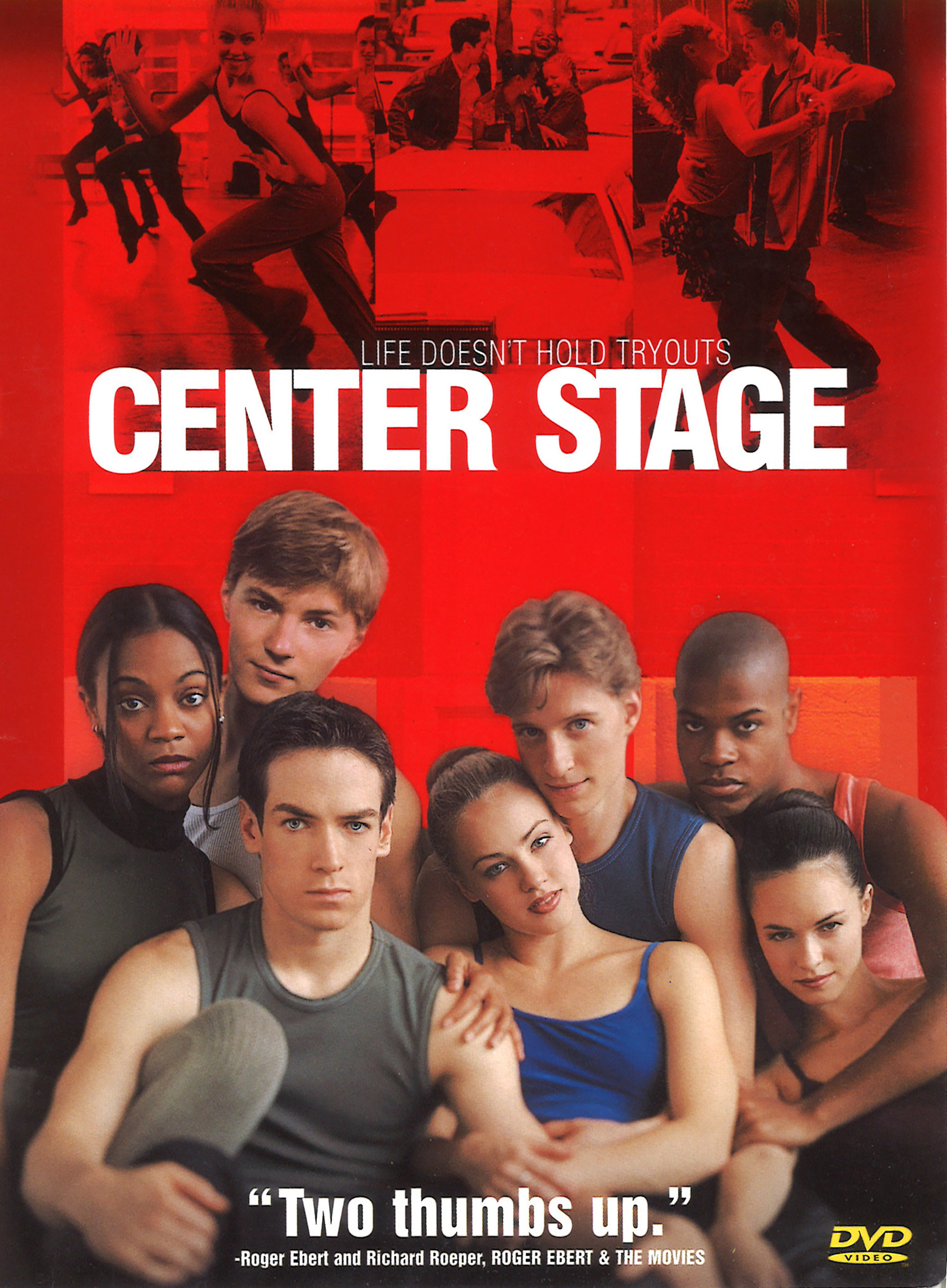Has it really been 20 years since Center Stage?
by David Lyman
You remember Center Stage, don’t you? That movie about a gaggle of hopelessly eager ballet students vying for a small handful of spots in the fictional American Ballet Company?
It wasn’t a populist blockbuster, so you’re forgiven if you missed it. But among dancers – even dancers who weren’t born then – “Center Stage” is a classic, a movie with near-cult status, filled with teen angst, romance, an eating disorder, one very sassy attitude and a generous dollop of youthful rebellion.
Best of all, though, it featured two dancers who would go on to become beloved stars of American Ballet Theatre; Ethan Stiefel and Sascha Radetsky. (For the record, other members of the ABT family were there, too, including dancers Julie Kent, Gillian Murphy, Sean Stewart and former ABT Studio Company director Kirk Peterson.)
“It’s amazing to me that people are still so fascinated with the movie,” says Stiefel, who is now ABT’s principal guest instructor. “But it’s rare that a week goes by without someone asking about it and wanting to discuss it.”

And the fascination hasn’t just been limited to people he meets at ABT. It followed him when he became Dean of the School of Dance at the University of North Carolina School of the Arts and later, as Artistic Director of the Royal New Zealand Ballet.
“I’m not really into watching videos of myself,” says Stiefel. “So I was fortunate to be working with a director like Nicholas Hytner. He understood theater and film. But he understood dance, too, which is much too rare.”
Stiefel played Cooper, a gifted scoundrel and womanizing bad boy. Who could forget the scene where he roared onto a stage filled with white tutu’d dancers on a Harley Davidson and proceeded to steal away the pretty girl – the one with the tear-away tutu – while the serious nice guy – Radetsky – stood quietly in the background?
Critical opinions about the movie were all over the place. Some were painfully savage, while Entertainment Weekly’s Hillary Busis called it a “masterpiece,” and added that she was tempted to call it the “greatest movie ever made.”
“I loved being a part of it,” says Radetsky, who retired from dancing in 2014 and is now the artistic director of ABT’s Studio Company. “From the beginning, I felt like it was a real privilege.”
For one thing, it raised his professional profile. But more important, in his eyes, is that it exposed non-dance audiences to choreography by George Balanchine and Kenneth MacMillan, as well as Christopher Wheeldon and Susan Stroman, who shared an American Choreography Award for Outstanding Achievement in a Feature Film.
He still feels appreciation for the crew and production executives.
“You’ve got to realize that most of us were first-time actors,” says Radetsky. “We had no idea what we were doing. They were really patient with us and guided us gently, but made a point of keeping ballet as the main star of the movie. It spoiled us for any future projects.”
If there was a downside to the movie, it was that it occasionally trafficked in ballet clichés.
“But only a little,” says Radetsky. “Mostly, it showcased the more redeeming elements of dance, things like the camaraderie and the mutual support. Those are the things that shine through. And the joy of dance, of course. I understand why young dancers still love it so much.”
